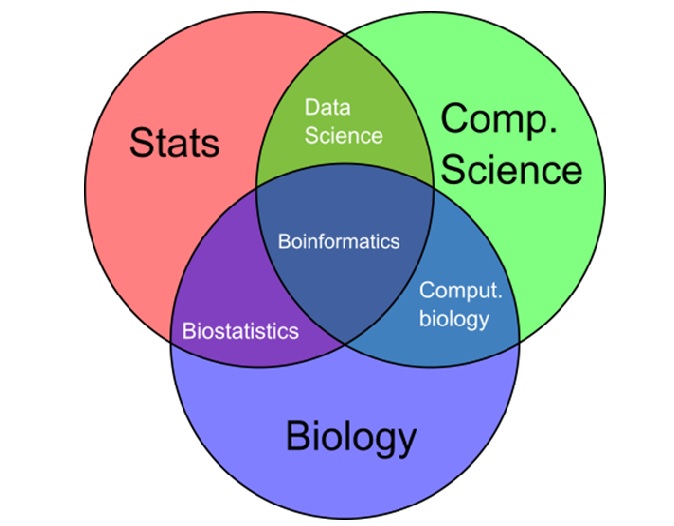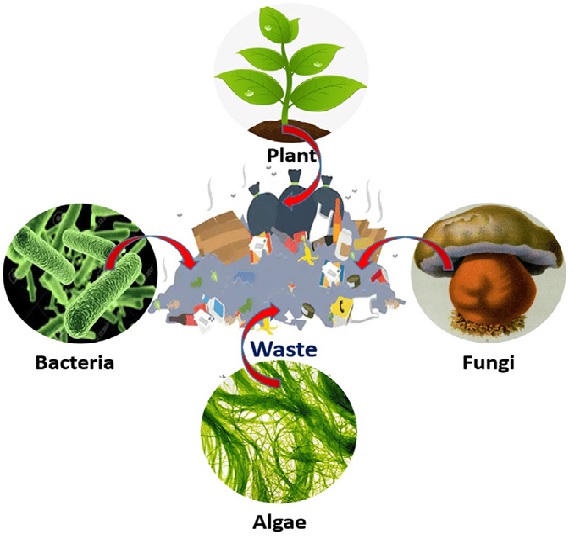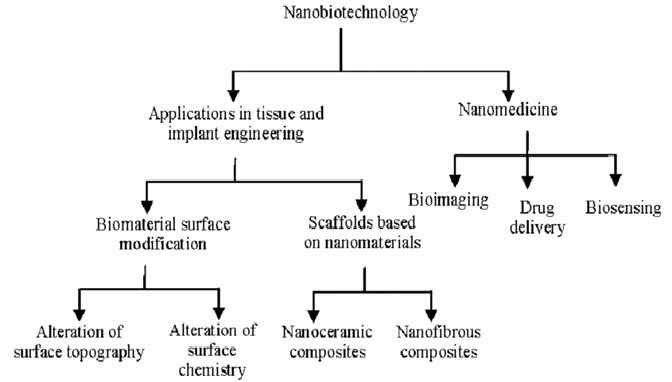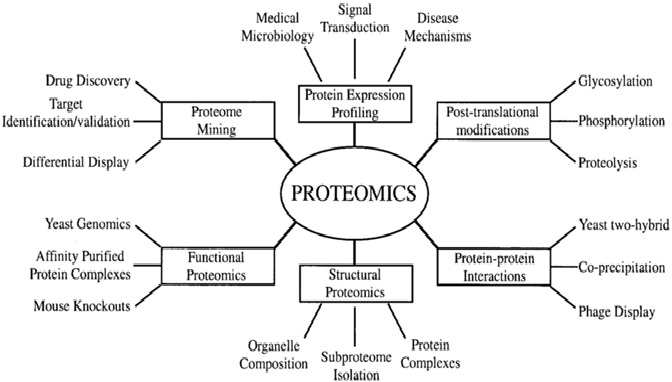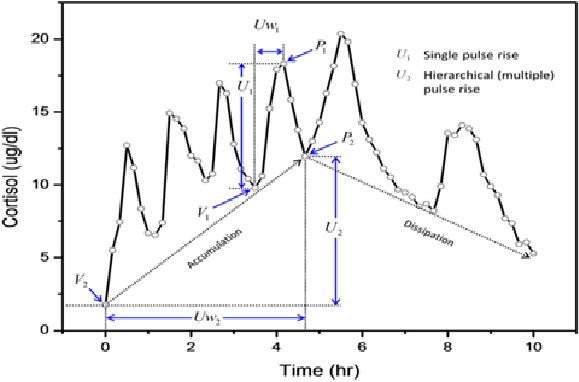Climate-Smart Agriculture
The development of farming practices that are resilient to the impacts of climate change, such as drought-resistant crops, soil conservation techniques, and carbon sequestration.
Smallholder farmers1 generate an estimated 32 percent of global greenhouse-gas (GHG) emissions from agriculture.2 They are also one of the populations most at risk from climate change. Our analysis shows that in three countries—India, Ethiopia, and Mexico—nearly 80 percent of all smallholder farmers could be affected by at least one climate hazard by 2050 (Exhibit 1). Moreover, climate change will affect land suitability for crop production. For example, by 2050, India could lose 450,000 square kilometers of land currently suitable for rainfed rice cultivation (Exhibit 2). Stakeholders have focused on climate-smart agriculture for the past two decades. Nonetheless, there is no clear road map for the types of mitigation and adaptation measures smallholder farmers can adopt and how to prioritize investments and efforts to support those measures.[1]

Figure .1 Climate-smart agriculture
Figure 1 shows Climate-smart agriculture (CSA) is an approach to farming that aims to address the challenges of climate change while also improving food security, increasing productivity, and building resilience. CSA encompasses a range of practices, technologies, and policies that can help farmers adapt to and mitigate the impacts of climate change.
Some examples of climate-smart agriculture practices include:
- Conservation agriculture:Reducing soil disturbance, maintaining soil cover, and rotating crops to improve soil health and resilience.
- Agroforestry:Planting trees alongside crops to provide shade, conserve water, and enhance biodiversity.
- Crop diversification:Planting a variety of crops to reduce risk and increase resilience to climate variability.
- Efficient use of inputs:Using precision agriculture techniques to optimize fertilizer and pesticide use, reduce waste, and improve productivity.
- Water management:Improving irrigation efficiency, increasing water storage capacity, and adopting drought-tolerant crops to conserve water and build resilience.
- Livestock management:Improving feed quality, reducing herd size, and improving animal health to reduce greenhouse gas emissions from livestock.
- Climate-smart policies:Supporting farmers with policies that incentivize and enable climate-smart practices, such as carbon credits or subsidies for sustainable agriculture practices.
By adopting climate-smart agriculture practices, farmers can reduce greenhouse gas emissions, improve soil health, conserve water, and increase resilience to the impacts of climate change. These practices can also increase productivity and improve food security, particularly for smallholder farmers in developing countries.
References:
- https://www.mckinsey.com/industries/agriculture/our-insights/what-climate-smart-agriculture-means-for-smallholder-farmers
Cite this article:
Janani R (2023),Climate-smart agriculture, AnaTechMaz, pp.124


